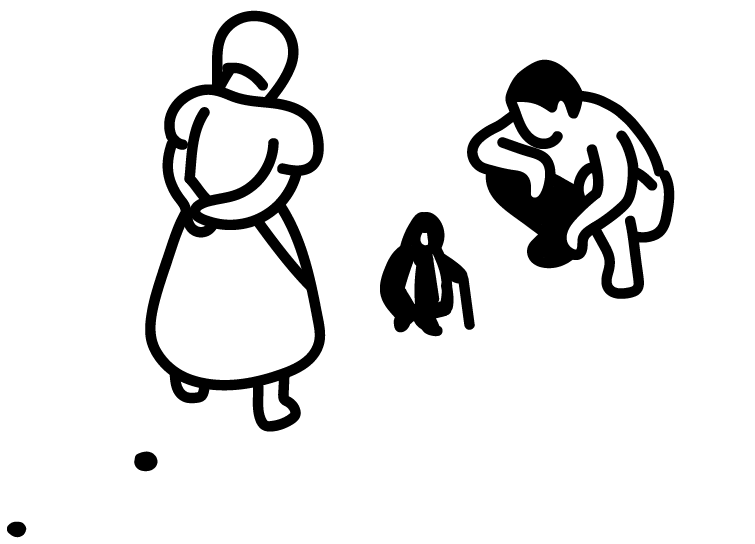Gretel, Louise Glück & a witch who tried her best
« Fairytales are true, » wrote Italo Calvino. They offer a « general explanation of life, » (una spiegazione generale della vita) « a catalogue of destinies that can be given to a man and a woman. »1 Gretel’s destiny was cruel. In Hansel & Gretel, the classic Brothers Grimm fairytale, little Gretel turns into an underage killer. Abandoned in the woods and imprisoned by a cannibalistic witch in her gingerbread house, she soon realizes this is, quite literally, a world of eat or be eaten. The witch’s plan is to cook and eat the two siblings; Gretel must kill her first. « Kill » being an understatement: the Grimms’ violence is fairly elaborate. Gretel pushes the witch in an oven and watches her burn.
This would be enough to scar any child for life. The poet Louise Glück takes notice. In Gretel in Darkness2 (1975), she follows Gretel in her « happily ever after ». The Grimms’ fairytale ends with Hansel & Gretel triumphantly returning home to an apologetic father — the evil stepmother who wanted to get rid of the children is conveniently dead. Glück’s Gretel takes it up from there:
This is the world we wanted.
All who would have seen us dead are dead.
Gretel survived — the only woman who did.
Now, far from women’s arms
and memory of women, in our father’s hut
we sleep, are never hungry.
She is safe and older — protected.
My father bars the door, bars harm
from this house, and it is years.
She is alone in her remembering (« Am I alone? »); Hansel moved on.
No one remembers. Even you, my brother,
summer afternoons you look at me as though
you meant to leave,
as though it never happened.
She relives her trauma — like a fairytale, it is real.
I hear the witch’s cry. …
Her tongue shrivels into gas
…
Spies hiss in the stillness, Hansel,
we are there still, and it is real, real,
that black forest and the fire in earnest.
Most of all, she looks for an answer: « Why do I not forget? »
This question invites us to dig deeper into the fairytale’s darkness. True, tales of the Brothers Grimm are notoriously dark; Cinderella’s stepsisters have their eyes pecked out by doves, Snow White’s evil queen dances to death in red-hot iron shoes. Still, something feels particularly ominous in the story of Hansel & Gretel, and it goes beyond its gore imagery.

« Ideologists of the Third Reich, » as the folklorist Linda Dégh writes, « demanded that every German household owns a copy of the Grimm collection. »3 Nazis monopolized the Grimms. This is not to say that there is a direct link between Auschwitz and the publication of the Grimms’ Kinder und Hausmärchen (Children’s and Household Tales) in 1812. The claims Dégh and other critics make are more modest: the Grimm tales, they say, repeated daily to German schoolchildren in the most formative years of their lives, set the scene for Nazism to arise. They molded obedient citizens with an unhealthy and violent fantasy life. That is, the perfect subjects of an authoritarian regime dreaming of restoring the Fatherland/Germany to its previous glory by force — by eradicating all the « evil others ».4
This article is behind the paywall. Want to keep reading this article?
Subscribe to the European Review of Books, from as low as €4,16 per month.
Already a subscriber? Sign in